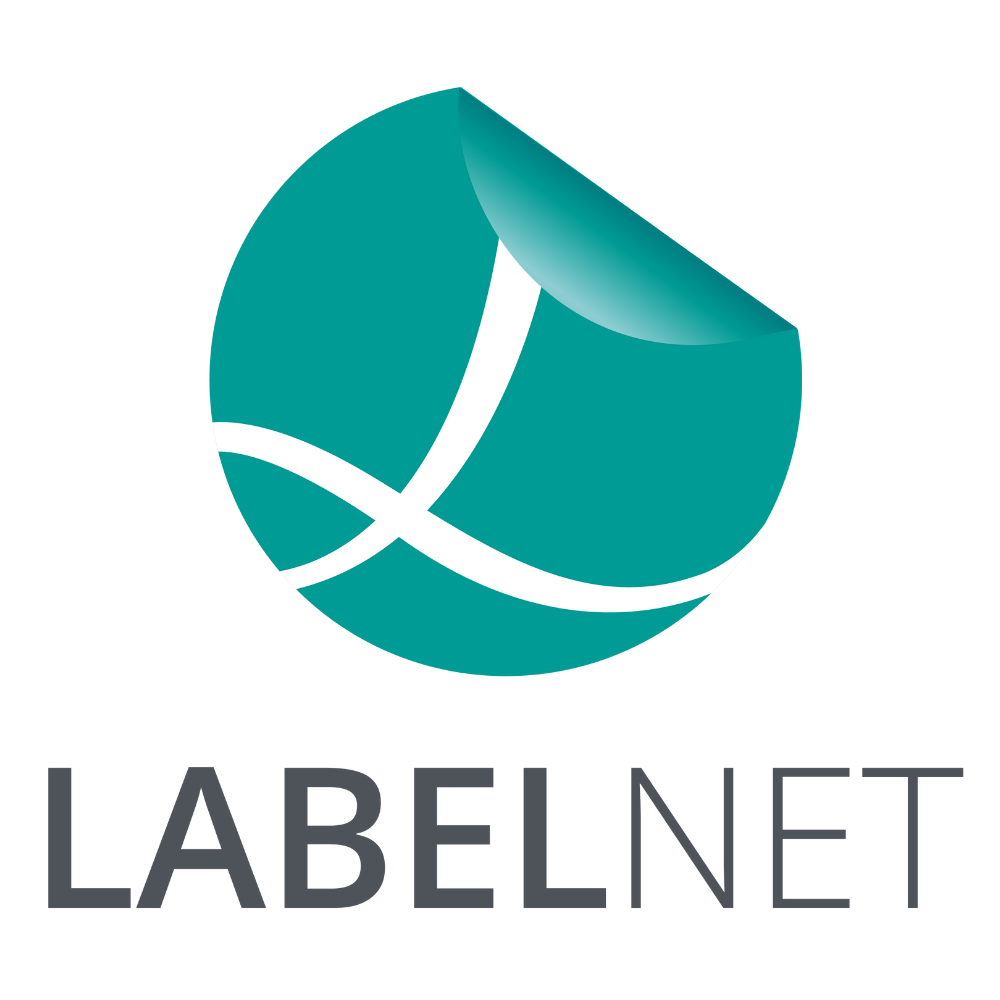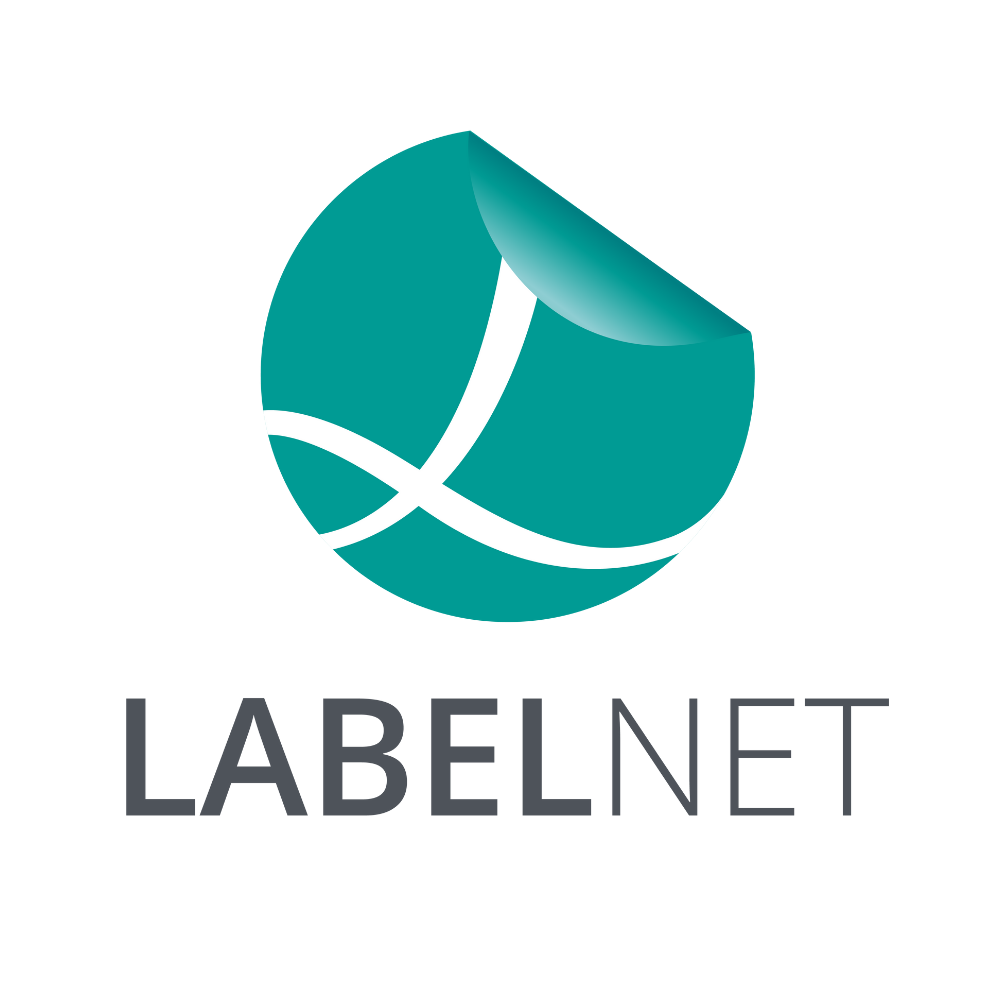.png?width=3000&height=550&name=slider%20images%20(5).png)
A-Z of Printing Terms
We know that when it comes to the print world there are some terms within our industry which you might not have heard of before, so have collated an A-Z list of words associated with label printing as a guide to help get you started when ordering labels for your range of products. So if you don’t know your 'opacity' from your 'embossing' – then this little gem is for you.
.AI, PDF, .ESP – these are all formats in which an artwork or image is saved to a high quality standard ready for our graphic design team to setup for printing
Adhesives – the substance which is used to make labels adhere to a product
Artwork – this is a digital file of the label design (needed in a high-resolution format) used to print the final design
B
B&W - This means black and white, strictly speaking, although can also refer to greyscale
Bleed – this is a small extended edging created around the artwork (usually around 2-3mm) used to ensure no white edging shows when the label is cut
C
Caliper – another term used to describe the weight/thickness of paper
CMYK – Cyan, Magenta, Yellow and Key (black) are the four ink colours used in this printing process to achieve a vast range of colours when mixed together
Coated - Coated paper has a coating (typically clay) which smooths the surface, is then sealed to allow inks to sit on top of the paper for a crisp print
Core – the size of the tube which the labels are wrapped around (often needed for machinery which will apply the labels to the packaging)
Cutter – this is used to create your label size and shape which is custom made for your design
D
Debossing - Stamping a design onto the surface of the label so that there’s an indent (the thicker the paper, the deeper the indent)
Die-Cutting – this is when the label is trimmed to its unique shape and size using a bladed cutter
Digital – a modern method of printing using computer technology to create pristine printing without the need for printing plates
E
Embellishment – a luxurious element which comes in a variety of hot foil, screen print or embossing
Embossing – Raises part of a design to create a 3D effect to the label (opposite in debossing)
Estimate - the price stated for a label printing job (also called 'quotation')
F
Finishing - The finishing touches of a label (e.g: adding the varnish or laminate)
Flexographic – a traditional method of printing using a rubber stamp technique to transfer the design with printing plates
Foiling - a metallic material which is heated onto a label design to create a shiny design which comes in a range of metallic colours from silver or gold to blue and purple
Font - The font refers to the style of letters used on the label
FSC – materials which are FSC certified mean they are sourced from responsibly managed forests
G
Gloss - a shiny finish used to complete a label through varnishing or laminating
Graphics - visual images or designs to inform, illustrate or design
Graphic Design - a visual artwork generated through creative fonts, images and colours to produce the finished design of a label
GSM – a term used to describe the weight/thickness of paper with standard paper being 80-100gsm
H
Header - at the top of the page, the margin
Highlights - a bright or reflective area on the label design
Hue - a specific and modern colour or shade used (such as yellow or blue)
I
Inks - is the solution used to add colour when printing a label design
Inkjet - a method of computer printing to recreate a digital image
L
Lamination – uses a plastic-based film which is adhered to the surface of the label for added protection. This comes in a variety of in finishes including gloss, soft touch or matt
Landscape - the orientation of a label or piece of paper where the width is longer than the height (opposite to portrait)
Leading Edge - the edge of a label which comes off the label roll first
Lead Time – the time in which a job can be printed and sent out (usually 5-10 working days)
M
Margin - the space around the edge of the printed label design
Matt - a flat (non glossy) finish or coating to the label
Metallic Material - a paper or PP (polypropylene) coated with a shiny silver film to resemble metal, giving a reflective foiled finish
Monochrome – an image used using only white and black inks
Multi-colour - printing more than one colour
O
Overprint - to print one image on top of another already printed image
Over run - additional labels printed beyond the amount specified in the order
Opacity - Characteristic of the material preventing inks showing from one side to another or preventing the material showing through the inks
P
Pantone – a colour reference used by graphic designers which uses a unique (pantone) code to colour match specific colours and maintain consistency
PE – PE stands for Polyethylene which is a material used for labelling made from plastic and perfect for squeezy bottles
Permanent adhesives – a strong substance used to ensure the label cannot be removed (easily) from the packaging
Plates – printing plates are metal sheets which carry the ink from the printing press to the material being printed
Portrait - the orientation of a label or piece of paper where the height is longer than the width (opposite with landscape)
PP – this is a type of material used from Polypropylene and is one of our most popular materials for labels
Pre-press - the work carried out prior to printing including mixing colours and ordering plates
Press/Printing Press – this is the machinery used to print the labels in large volumes
Print Bleed - the print which goes beyond the edge of the label design and where the label is trimmed (i.e. the bleed is the area which will be trimmed off)
Process Colour - the colours used for 4 colour printing - cyan, magenta, yellow, black
Proof – a final image to check the layout, colours and text before sending to print, to ensure there are no errors and avoid expensive mistakes
Q
Quotation - price offered to produce a label printing job
R
Recycled - a material which has been made entirely from old/used materials
Removable adhesives – ensures a label can be cleanly removed from the packaging (often required for easier recycling)
Resolution - this is a measure of the ‘density’ of information held within a digital graphic or photograph file which ensures a high-quality print finish
S
Screen Print - a method of printing used whereby fine mesh is used to transfer part of the image onto the label using a thick varnish which is quickly dried to create a tactile, ultra-glossy finish
Sheeted - numerous labels which are printed on a sheet of paper (e.g. A4 size) which can be peeled off rather than individual labels
Soft Touch - a velvety smooth, matt laminate used to add a luxurious feel to a label
Specifications - the precise description of a material to show the paper weight, adhesive strength, usability, longevity etc.
Spot (colour or varnish) - one ink or varnish applied to part of the label to make it stand out
Stock - what we have available onsite (in stock) to show availability of use from materials to inks or
Substrate - the material used for printing the labels onto whether that be paper, polyethylene, recycled polypropylene etc. This is what we call the substrate
Sustainable – another term for eco-friendly using materials which are less harmful to our environment
T
Template - A standard layout of a design showing it's dimensions.
Textured Varnish - a super rough varnish used to create a sandpaper finish to a label
Trim - The size of the printed material in its finished stage (e.g., 150mm x 80mm)
Typography - Everything related to the text on the label from font and colour to layout
U
Uncoated - A more porous paper for inks which does not have the thin, clay-based compound that’s found on the surface of ‘coated’ papers
V
Variable data – digital printing allows for a different code, number or text to transfer onto each individual label
Varnishing – comes in gloss, matt or textured formats to apply a finishing layer to the label
Virgin paper - paper which is made from the pulp of trees rather than recycled paper
W
WeTransfer – an online tool used to send large image files to an email (used for sending label artworks to an email address)
Z
Zipfile - Zipped computer files take up less storage space and can be transferred to other computers more quickly than uncompressed files. Ideal for sending many label designs at once.


